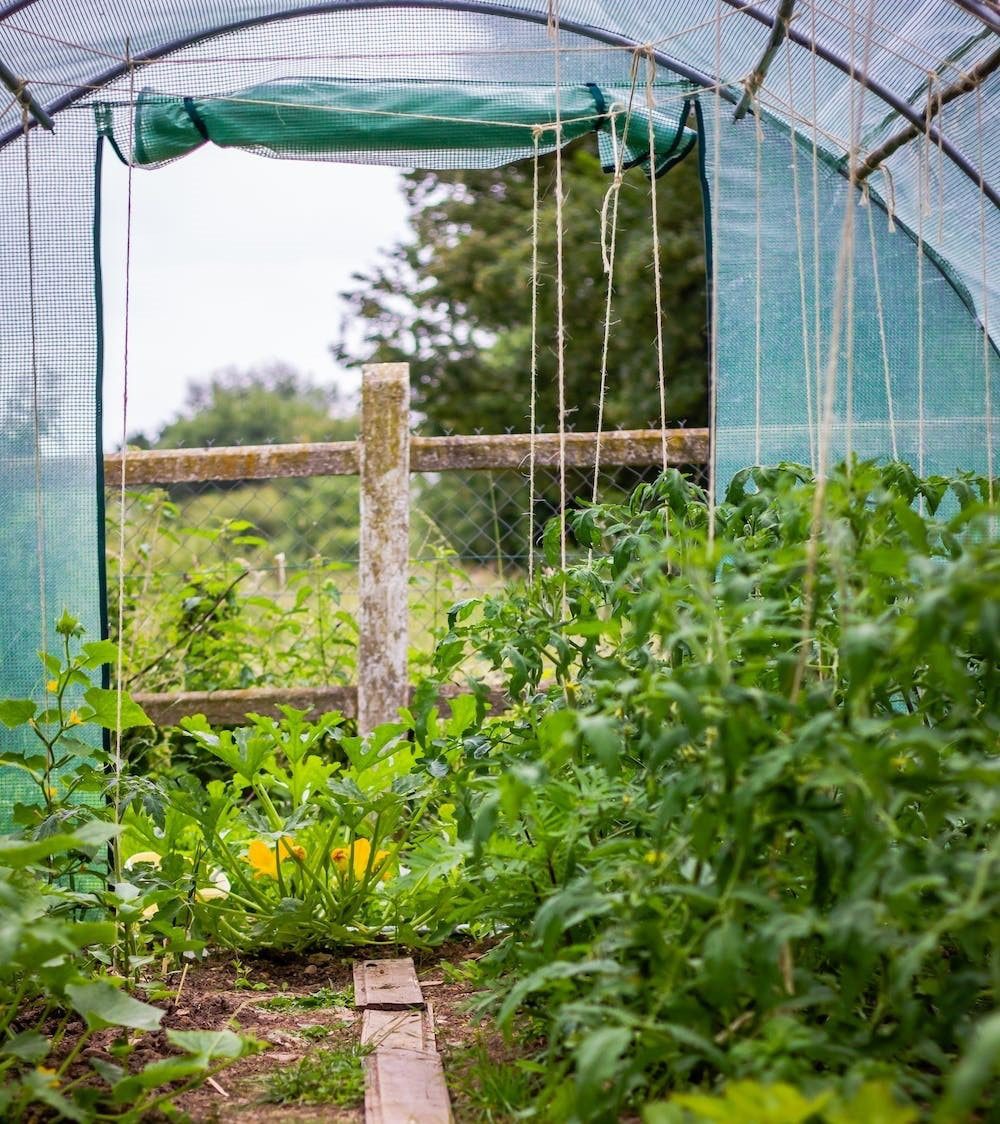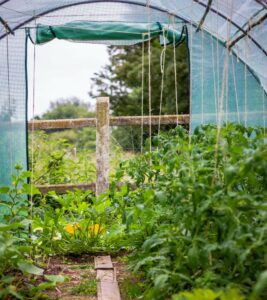
Planning the Perfect Homestead Garden Layout: A Comprehensive Guide
The concept of homesteading has gained significant popularity in recent years, as people increasingly seek self-sufficiency and a closer connection with nature. A well-designed homestead garden layout is crucial for maximizing productivity and efficiency while creating a harmonious and sustainable environment. Today we will provide a comprehensive guide on how to plan a homestead garden layout, considering key factors such as site analysis, garden goals, zoning, and crop selection.
Site Analysis
Before delving into the planning process, it is essential to conduct a thorough site analysis. Assess the characteristics of your land, including topography, soil quality, sun exposure, water sources, and existing vegetation. Understanding these factors will enable you to make informed decisions during the design phase.
Define Garden Goals
Determine the objectives and purposes of your homestead garden. Are you primarily growing food for self-sufficiency, aiming for a diverse ecosystem, or planning to generate income through surplus produce? Identifying your goals will guide the subsequent design choices and help prioritize your efforts.
Zoning
Divide your garden into different zones based on the functions and needs of various plants. Common zones include vegetable beds, fruit trees, herbs, perennial plants, composting area, and animal husbandry space. By organizing your garden into zones, you can optimize space utilization and ensure efficient maintenance.
Consider Permaculture Principles
Permaculture principles offer valuable insights for designing a sustainable homestead garden. These principles advocate for mimicking natural ecosystems, using companion planting techniques, implementing water conservation methods, and integrating animals into the garden ecosystem. Incorporating permaculture principles will enhance productivity and minimize inputs over time.
Crop Selection
Selecting appropriate crops for your garden is a critical step in the planning process. Consider factors such as climate, soil conditions, and personal preferences. Aim for a diverse mix of fruits, vegetables, herbs, and flowers to create a resilient and balanced ecosystem. Additionally, prioritize heirloom and open-pollinated varieties to preserve biodiversity and enable seed saving.
Layout Design
Once you have defined your goals, zoned the garden, and selected crops, it’s time to create a detailed layout. Start by sketching the overall design, considering factors such as accessibility, paths, and grouping of plants with similar water and nutrient requirements. Incorporate features like raised beds, trellises, or vertical gardening structures to optimize space utilization. Additionally, consider aesthetics and incorporate elements like flower borders or focal points to enhance the visual appeal.
Companion Planting
Implementing companion planting techniques can significantly benefit your garden. Certain plants have mutually beneficial relationships, such as repelling pests, attracting beneficial insects, or enhancing nutrient uptake. Research companion planting strategies and incorporate compatible plants to maximize yields and promote ecological balance.
Water Management
Efficient water management is crucial for a sustainable homestead garden. Consider installing rainwater harvesting systems, such as rain barrels or cisterns, to collect and store water for irrigation. Additionally, use mulch to conserve moisture, install drip irrigation systems for targeted watering, and group plants with similar water requirements to streamline watering routines.
Seasonal Planning
Plan your garden to maximize productivity throughout the year. Utilize crop rotation techniques to prevent soil depletion and control pests and diseases. Stagger planting and harvest times to ensure a continuous supply of fresh produce. Incorporate cold frames or greenhouses to extend the growing season and experiment with cool-weather or warm-weather crops accordingly.
Flexibility and Adaptability
Remember that a homestead garden layout is not set in stone. It is a dynamic and evolving space that requires flexibility and adaptability. Be open to experimenting with new techniques, varieties, and approaches. Observe and learn from your garden’s response to different methods, and be willing to make adjustments as needed. Adaptability is key to achieving long-term success and a thriving homestead garden.
Maintenance and Organization
Plan for efficient maintenance and organization of your garden. Create a system for record-keeping, such as a garden journal, to track planting dates, yields, and observations. Establish a regular maintenance schedule for tasks such as watering, weeding, pruning, and fertilizing. Proper organization will save time and ensure that your garden remains productive and well-maintained.
Consider Wildlife and Biodiversity
Design your homestead garden to support wildlife and promote biodiversity. Incorporate elements like birdhouses, pollinator-friendly plants, and water features to attract beneficial insects and birds. Embrace natural pest control methods by encouraging predator insects and incorporating habitats for beneficial organisms. Creating a harmonious ecosystem will contribute to the overall health and resilience of your garden.
Conclusion
Planning a homestead garden layout is an exciting and fulfilling endeavor. By conducting a site analysis, defining goals, zoning your garden, selecting appropriate crops, and implementing permaculture principles, you can create a productive and sustainable space. Remember to incorporate companion planting, prioritize water management, and design for seasonal productivity. Remain flexible and adaptable, and always be open to learning and experimenting. With careful planning and thoughtful execution, your homestead garden can flourish, providing nourishment, self-sufficiency, and a deep connection with the natural world. Thank you for reading “Planning the Perfect Homestead Garden Layout: A Comprehensive Guide.” Here are some other articles you may enjoy reading.
Growing and Caring for Hosta’s: A Gardener’s Guide
6 Tips To Transform a Poorly Designed Backyard
Bad Gardening Advice: Debunking Common Misconceptions




